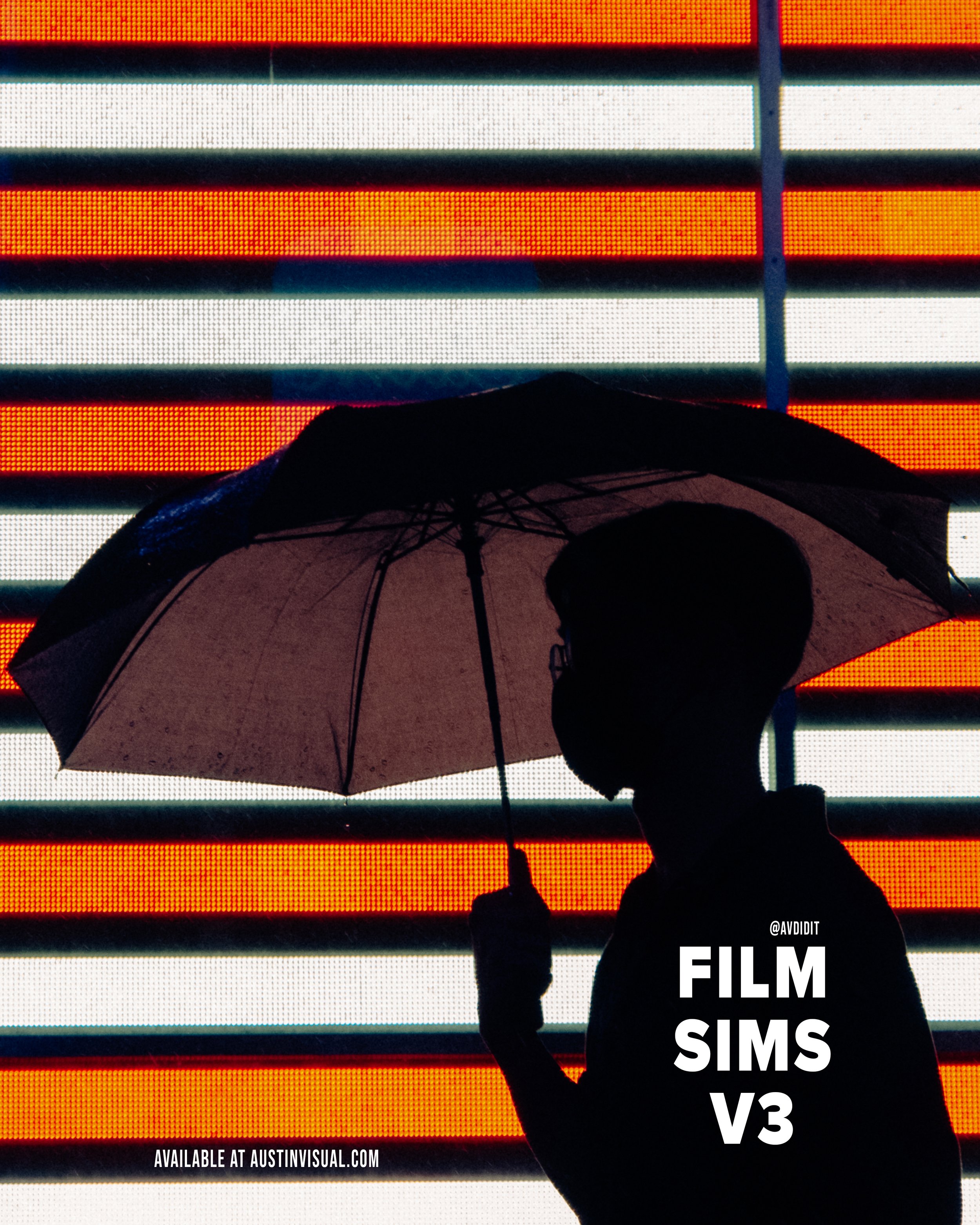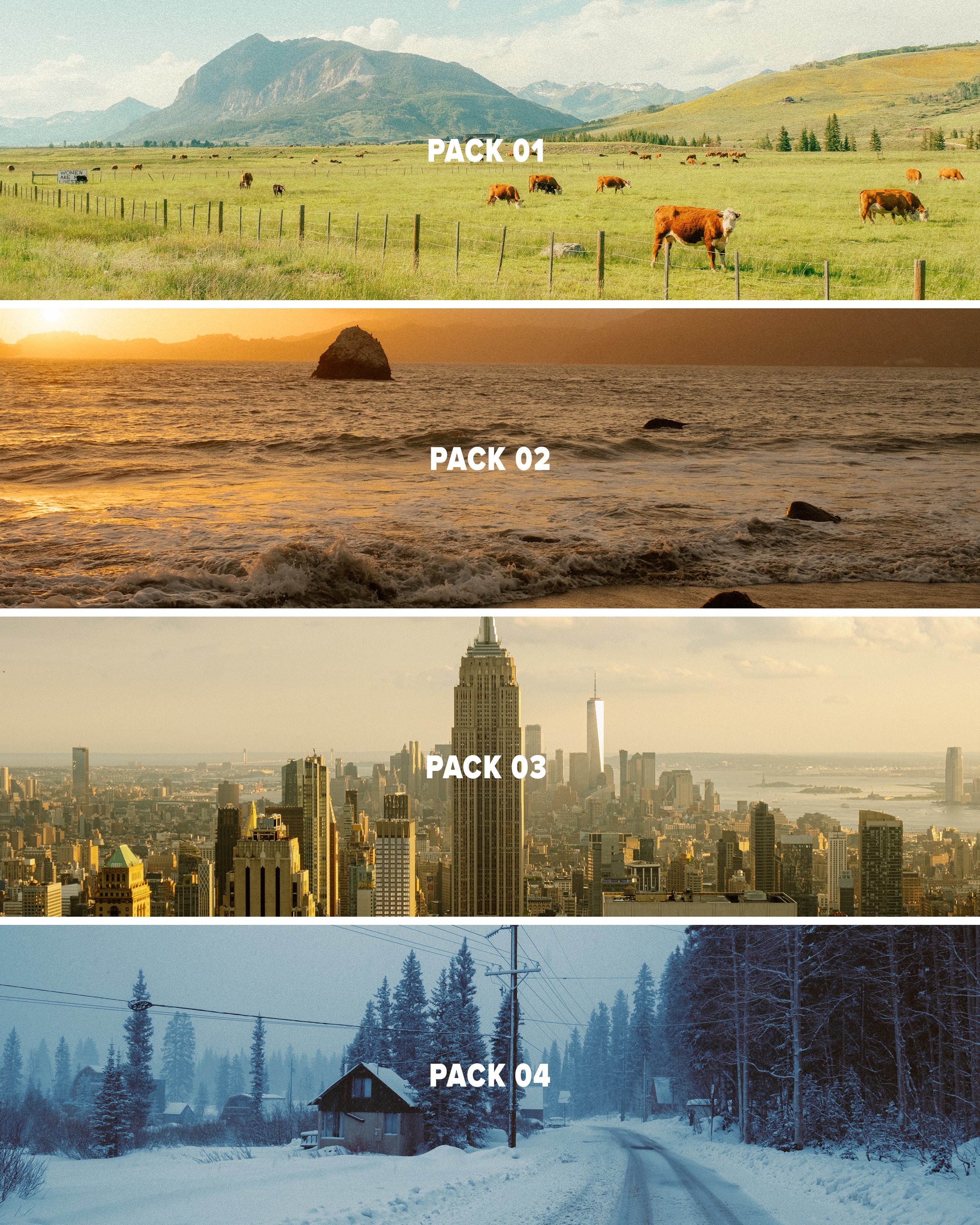Fujifilm XF 23mm f/1.4 vs. f/2: Which Lens to Buy
Comparing the Fujifilm 23mm f/1.4 and f/2: Key Differences, Pros, and Which One You Should Buy
My ideal Fujifilm setup - the Fuji X-T5 with the 23mm f/1.4
The Fuji XF 23mm f/1.4 vs. f/2: Which Lens Is Best for You?
Within the Fujifilm lineup of 23mm lenses, you have two brand-native options to choose from: the XF 23mm f/1.4 and the XF 23mm f/2. Both options have garnered largely positive reviews among the Fuji user community (based on my research). After using both, I would agree with much of that sentiment—I’ve really enjoyed my experience with each.
However, after using the 23mm f/1.4 for a few months and the 23mm f/2 for over a year, I’ve decided to keep both, each for different reasons. In this blog, I’ll walk you through the main differences between these two lenses, share my personal experiences, and hopefully help you decide which one would suit you best.
Differences Between the Fujifilm XF 23mm f/1.4 and f/2
Starting with the basics—both lenses are 23mm, providing a nearly identical image shape (in my experience), with a field of view equivalent to 35mm (due to the crop factor on APS-C sensor X-series cameras). However, the two lenses also have some key differences.
Aperture
The XF 23mm f/1.4 has a maximum aperture of—you guessed it—f/1.4. This offers a full stop of additional light, allowing for better low-light performance and a shallower depth of field. The f/2 version, while still decent in low light, is slightly less capable with one stop less light.
In my experience, I don’t take advantage of the wider aperture in 99% of scenarios. The only time I really care about the extra stop is when shooting in low light. As for the depth of field? I usually stop down (again, unless I’m shooting at night) to around f/8. So, if you’re a landscape photographer, street photographer, or someone who wants the majority of your frame in focus, the extra aperture might not be worth it. That said, if you shoot portraits, concerts, or other scenarios where subject separation is key, the f/1.4 is worth considering.
Size and Weight
The XF 23mm f/2 is noticeably smaller and lighter, making it far more convenient for everyday carry in my experience. I gravitate toward this version when I know I’ll be out for a long day and don’t want to lug around heavy gear.
Weather Sealing
The XF 23mm f/2 is weather-sealed, which gives me some peace of mind when I’m out shooting in rainy or moody weather. The 23mm f/1.4 is not weather-sealed, but I still use it in the rain anyway (lol). That said, I’m extra cautious with the f/1.4, taking breaks every 30 minutes or so to dry the lens—a precaution I don’t feel is necessary with the f/2.
FOCUSING SYSTEM
The XF 23mm f/1.4 offers both an autofocus option (which is what I use), and a manual focusing ring that you can activate by pulling the focus ring down toward the back element of the lens. I just keep mine on autofocus (which by the way, is pretty good), but if you enjoy manually controlling your focus, this is a cool feature you might want to take note of. Manual focus is still electronically controlled, however.
Price
As of this writing, you can get the XF 23mm f/2 for around $250 USD used, whereas the XF 23mm f/1.4 is closer to $400+ on the used market.
Fujifilm XF 23mm f/2
My Thoughts and Experiences with the Lenses
After using both extensively, I’ve found that each lens shines in different scenarios. Let’s break it down further.
XF 23mm f/1.4: My Favorite Lens for Night Photography
The XF 23mm f/1.4 excels in low-light scenarios. For night street photography, the wider aperture lets me maintain lower ISO settings and higher shutter speeds, resulting in cleaner images with less noise.
When using the f/2 lens at night, I often find myself needing ISO 3200 or higher for similar exposure. While newer Fuji cameras handle high ISO well, there’s a noticeable difference in image quality between the two lenses in low light, especially before any noise reduction in editing.
XF 23mm f/2: The Best Everyday Carry Lens for Fujifilm
For any lighting condition outside of low light—particularly day-to-day street photography in good light—the XF 23mm f/2 is my go-to. It’s small, lightweight, and weather-sealed, making it perfect for long city walks or travel.
On sunny days, I’m usually stopping down to f/8 or higher to maximize depth of field and sharpness. At those apertures, the difference in image quality between the two lenses is negligible. I also find the compact size of the f/2 lens to be less conspicuous, which is great for capturing candid moments.
When and Why I Use Either Lens:
XF 23mm f/1.4: Primarily for night photography and low-light scenarios where the extra stop of light makes a big difference.
XF 23mm f/2: My choice for everyday street photography, travel, and general use when I know I won’t be shooting in low light.
The Fuji XF 23mm f/1.4 vs. f/2: Which Lens Should You Choose?
Here are some key factors to consider:
Low-Light Performance: If you often shoot in low light, the XF 23mm f/1.4 is worth the investment. The wider aperture provides better image quality and usability in challenging lighting.
Portability and Convenience: The XF 23mm f/2 is a better choice if you want something lightweight and portable. Its compact design and weather sealing make it a reliable everyday option.
Budget: If cost is a concern, the XF 23mm f/2 is more affordable on the used market while still delivering excellent quality.
Shooting Style: If you primarily shoot stopped down (e.g., f/8), you likely won’t notice a significant difference between the two lenses.
Final Thoughts
Both the Fujifilm XF 23mm f/1.4 and XF 23mm f/2 are fantastic lenses. I’ve decided to keep both because the XF 23mm f/2 is an ideal everyday carry companion, while the XF 23mm f/1.4 is indispensable for night photography. Ultimately, the choice comes down to your photography style, preferences, and budget.
If you’re a street photographer, traveler, or someone who values portability, weather sealing, and quick autofocus in good lighting, the XF 23mm f/2 is hard to beat. It’s compact, reliable, and versatile, making it a lens you can take anywhere without a second thought.
On the other hand, if your focus is on low-light photography, portraits with creamy bokeh, or capturing details with razor-sharp precision, the XF 23mm f/1.4 is the superior option. Its larger aperture and optical performance make it worth the extra weight and price for photographers who demand the best in challenging lighting conditions.
For me, these lenses serve different purposes, and having both in my kit allows me to adapt to any scenario. Whether you choose one or both, you’re investing in quality lenses that will elevate your craft and help you achieve your creative vision.
Help support my work by exploring the available products below!














